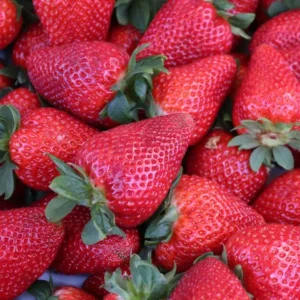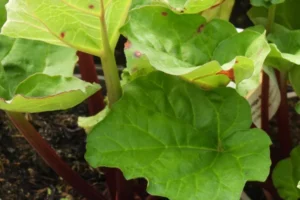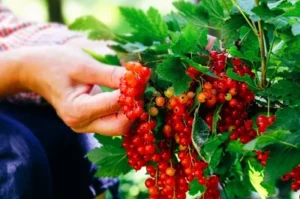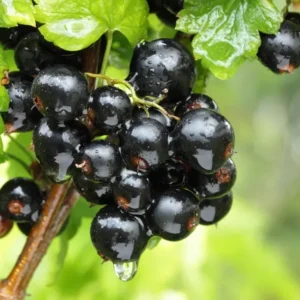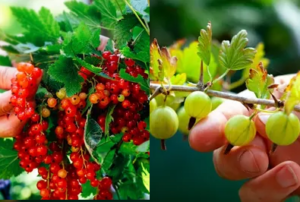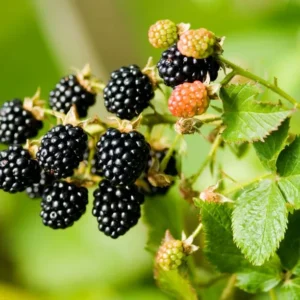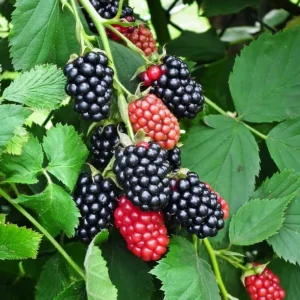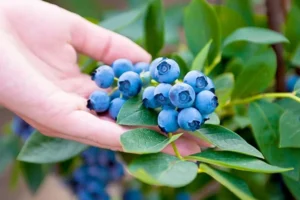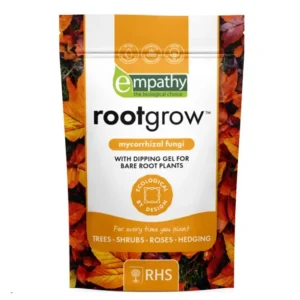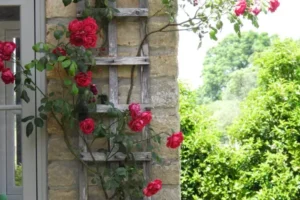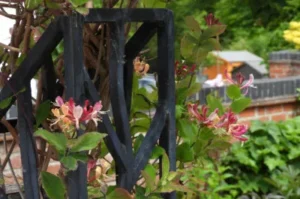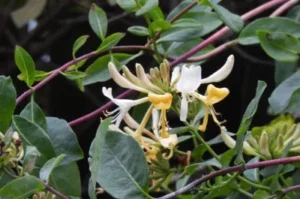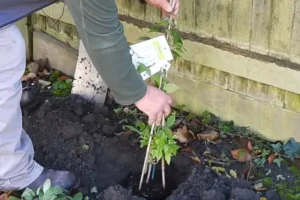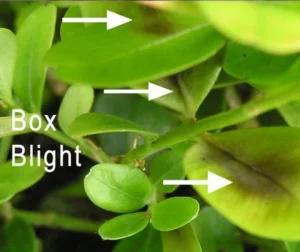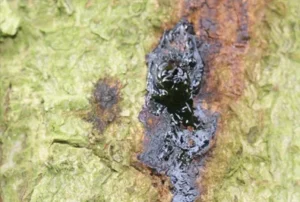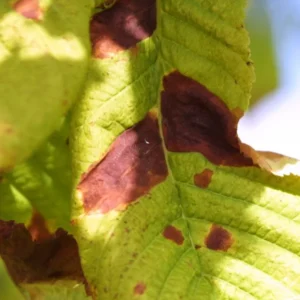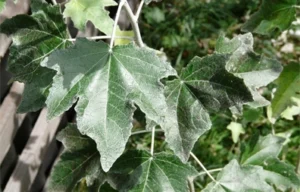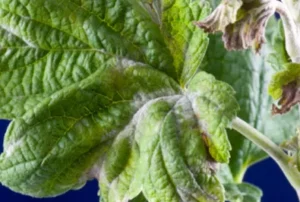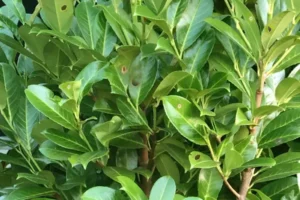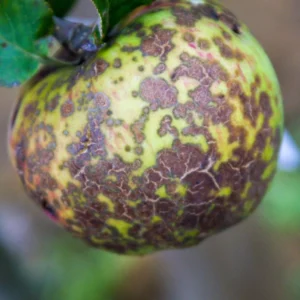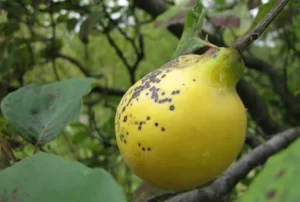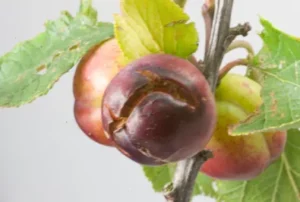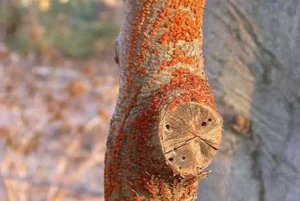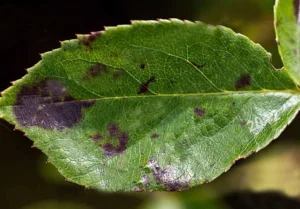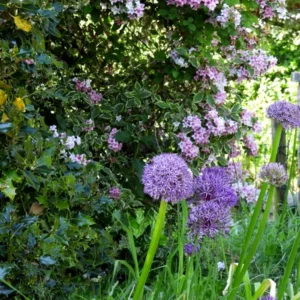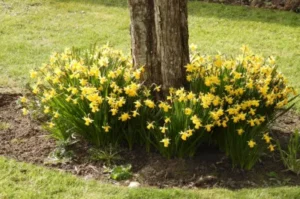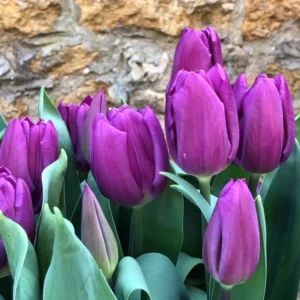When you order bareroot strawberry plants from us, you can either plant them straight outside in your strawberry beds and planters, or you can pot them up as shown in the video below. You will need your strawberry plants, 9cm pots, compost and water. Video TRANSCRIPT At Ashridge Nurseries we’ve got bareroot strawberries for sale. We’re just… Continue reading How to Pot Up Bareroot Strawberry Plants
Growing Rhubarb
Rhubarb plants are perfect for beginners & low-maintenance lovers. For best results, we recommend that you dig your patch over at least a month before planting, improving it with lots of well rotted compost and/or manure. Where to grow Rhubarb When to Plant Rhubarb Winter is the best time to plant out bareroot rhubarb crowns. Spacing… Continue reading Growing Rhubarb
Growing Redcurrants & Whitecurrants
Currants are some of the most easily grown, and also pretty, little soft fruit bushes. Red & whitecurrants are grown differently from blackcurrants. Redcurrants, and whitecurrants (which are more really-really-pale yellow-pink) are both Ribes rubrum, and are cared for the same way.They are hardier than blackcurrants and grow better in cold Northern locations. If you are growing on poorer ground on a scale where… Continue reading Growing Redcurrants & Whitecurrants
How to Grow Blackcurrant Bushes
How to Grow Blackcurrants Bushes Blackcurrants are simple to grow, and the pruning regime is a bit different from pruning Red & Whitecurrants. Currants are one of the few soft fruit bushes to like damp soil next to water, and they respond to dappled shade by making smaller crops rather than inferior fruit. Along with their close relatives gooseberries,… Continue reading How to Grow Blackcurrant Bushes
Pruning Gooseberries & Red/White Currants
Gooseberry bushes are pruned almost exactly the same way as Red & Whitecurrant bushes. Pruning is so important for getting good crops of well-developed fruit. The difference between pruning a Gooseberry Bush, and Red or Whitecurrants Gooseberry bushes are pruned the same as Red or Whitecurrants, with one detail different. Pruning as An Open Centred… Continue reading Pruning Gooseberries & Red/White Currants
How to Train & Prune Blackberry Bushes
Blackberry bushes are easy to cut back, this page is not here to overcomplicate things. It’s just a matter of choosing what works for your garden: a bushy, natural style, a quite tidy trellis, or a very tidy trellis! How Blackberry Canes Grow The base of a blackberry is a woody crown just above ground… Continue reading How to Train & Prune Blackberry Bushes
Planting Blackberries & Wire Training
Planting Blackberries Blackberry bushes tolerate most growing conditions found in the UK, and benefit greatly from anything to grow on for support, keeping their canes up off the ground and receiving sunlight. Where can I grow Blackberries? Blackberries in the wild are vigorous weeds, even in poor soil and shady corners. They are ideal for… Continue reading Planting Blackberries & Wire Training
Growing Blueberries in the UK
How to Grow Blueberries Blueberry plants require acidic soil, pH 5.5 or below, that is moist yet free draining, with lots of rich organic matter. As members of the heather family, they hate lime and chalk, and will die slowly if you plant them in those soils! Your local soil pH is down to chance. A… Continue reading Growing Blueberries in the UK
Can I Grow A Fruit Tree From Seed?
Yes, but… Yes, you can grow a fruit tree from a seed or stone obtained from fruit in the supermarket, but you will not get the same variety.You will usually, but not always, get an undesirable mongrel tree with inferior fruit. Whimsically charming but woefully misleading videos like this tell viewers “don’t throw out your apple seeds, grow a… Continue reading Can I Grow A Fruit Tree From Seed?
How to Apply Rootgrow Fungi With Gel
When you buy woody plants from us, our basket butler calculates the amount of Rootgrow granules your order needs, and offers it to you with a click. That’s how important Rootgrow mycorrhiza are for your roots: you can’t see them, but those roots are most of the value when you lay down cash for a… Continue reading How to Apply Rootgrow Fungi With Gel
Climbing Roses Vs Rambling Roses
What are the Differences Between Climbers & Ramblers? Rambling roses are much more wild in their DNA than Climbing roses, and this shows in their appearance. Flowers: The easiest way to tell a Climber and a Rambler apart is to see how they bloom: If you are looking at the rose in late Summer or early… Continue reading Climbing Roses Vs Rambling Roses
How to Plant & Begin Training Climbing Honeysuckle
This video applies to all climbing honeysuckle varieties. Here, we are planting a 3 litre Lonicera, but it’s the same for any pot size. TRANSCRIPT Today we’re going to plant Honeysuckle. So this is the kind of thing that you’ll get when you order your climber from Ashridge Nurseries: a 3 litre pot with three canes, nicely tied. It looks… Continue reading How to Plant & Begin Training Climbing Honeysuckle
Best Climbing Plants For Shade
Shade Loving Climbers for North Facing Walls The North Wall is tricky for growing plants up because it gets no direct sun. This disadvantage often comes with dryness: rain-bearing winds mainly come from the South-West. But with a little coaxing in the early years to get them established, there are plenty of climbing plants for… Continue reading Best Climbing Plants For Shade
Ashridge Service Reviews
Thanks to our customers, our reviews on the independent review platform Feefo have won a Platinum Service award for the last three years in a row. Well done everyone, keep it up. Below are all the service reviews left by our customers on Feefo. Most of the reviews are really nice; naturally, you will want… Continue reading Ashridge Service Reviews
How to Grow Clematis Guide
How to Plant Clematis in a Flower Bed Clematis will grow well practically anywhere if you provide five things: soil preparation, planting depth, adequate water, cool temperature for the roots and the first prune. Soil Preparation Clematis demand good drainage and do well on chalky or sandstone soils because the soil retains moisture but never puddles. If you are on heavy clay,… Continue reading How to Grow Clematis Guide
How to Prune Wisteria
January-February is the ideal time to prune your Wisteria – have you?
Box Blight Disease
Box Blight refers to two separate fungi that attack Common Box and Dwarf Box.It does not affect Box-Leaf Holly, nor Sweet Box. The two fungi can be present together. Cylindrocladium buxicola is relatively new in the UK. It causes dead spots on leaves, and eventually full defoliation, killing the plant. It can be identified by the wispy grey-white fungus on the… Continue reading Box Blight Disease
Horse Chestnut Tree Canker Disease
Horse Chestnut Canker, caused by the bacteria Pseudomonas syringae pv aesculi, is the most serious disease affecting trees in the Aesculus family. The canker will attack trees of all ages and is most dangerous on trees in the age range up to 30 years old, after which their trunks get wide enough for girdling to… Continue reading Horse Chestnut Tree Canker Disease
Horse Chestnut Leaf Blotch
What are these brown spots on my conker tree’s leaves? Horse Chestnut Leaf Blotch is a fungal condition called Guignardia aesculi that affects horse chestnuts, not sweet chestnut. The main symptom is irregular brown blotches on the leaves, starting at the edges, from late June. Although Horse Chestnut leaf blotch is not pretty, it does not… Continue reading Horse Chestnut Leaf Blotch
Silver Leaf Diagnosis & Treatment
There is no need to be afraid of Silver Leaf disease, which rarely affects Cherry and Plum trees in gardens, and even then typically on old trees. The disease is a concern for orchard owners, who have their livelihoods on the line with long rows of the same variety, creating the ideal environment for disease to spread. With that said, when you have a… Continue reading Silver Leaf Diagnosis & Treatment
Powdery Mildew Disease
What is this White Fungus on my Trees and Hedges? Powdery Mildew is caused by a group of fungi that form a grey-white coating on leaves. Sometimes it’s so thick that it looks like the leaves were spray-painted, and sometimes it’s hard to see the fungus itself, only the damage it causes. Powdery Mildew can… Continue reading Powdery Mildew Disease
Laurel Leave “Shot Hole” Disease
Why Are There Holes in My Laurel Leaves? If it looks like something is eating Swiss cheese style holes in your cherry laurel or Portugal laurel hedge, it’s a harmless condition called Laurel Shot Hole. It may seem like a mysterious insect has been eating your leaves, but Shot Hole is caused by a couple of different fungi,… Continue reading Laurel Leave “Shot Hole” Disease
Apple Scab & Pear Scab Disease
What is Apple Scab and Pear Scab? Apple Scab and Pear Scab are functionally the same, although the specific fungus is different: Can I eat apples and pears with Scab? Yes, apples and pears with scab are perfectly safe to eat. They only look ugly, underneath the skin they should taste the same, unless they… Continue reading Apple Scab & Pear Scab Disease
Quince Leaf Blight Disease
What are these brown spots on my quince tree’s leaves and fruit? Leaf Blight causes lots of brown splotches on leaves with dark dots in the middle. These start off reddish-brown then turn darker brown or black, typically joining up to make larger, irregular shaped patches on the leaves. Once they spread enough, the rest… Continue reading Quince Leaf Blight Disease
Plum Fruit Split
Plum Fruit split is a condition, not a disease, where the fruit is damaged by splits in the skin. Although they tend to be on the surface, by breaking the skin they allow diseases and pests to attack otherwise healthy plums and gages. Why are my plums splitting on the tree? Erratic watering causes plum… Continue reading Plum Fruit Split
Coral Spot Fungus Disease
Coral Spot Identification Coral spot’s small orange-pink pustules are very distinctive. The fungus is active and producing spores almost year round, but you mainly see it in Winter. What is Coral Spot, and How Bad is It? Coral Spot fungus, Nectria cinnabarina, is mainly saprophytic, meaning it eats dead wood. But it can become a serious parasite… Continue reading Coral Spot Fungus Disease
Rose Black Spot Disease
What are these black spots and yellow patches on my rose’s leaves? Black spots on rose leaves, usually surrounded by yellowing areas, are caused by the fungus Diplocarpon rosae, the most widespread and serious fungal disease affecting members of the rose family. Black Spot spores lie dormant in the soil over Winter, then rise up and… Continue reading Rose Black Spot Disease
How to Plant and Grow Allium Bulbs
Allium bulbs produce spectacular starburst flowers in late Spring and Summer, after the main flush of spring flowering bulbs. Planting Allium Bulbs When to Plant Alliums Autumn & early winter is peak dry bulb planting time. The ideal months for planting Alliums are from September to mid-November, but as late as the middle of December is… Continue reading How to Plant and Grow Allium Bulbs
How to Plant and Grow Daffodil Bulbs
Daffodils and narcissi are the most popular flower bulbs grown in Britain: good value, very tough, and coming in a wide range of colours, sizes, and shapes. When to Plant Daffodils Plant dry daffodil bulbs in early autumn, ideally September, and potted bulbs or bulbs in the green in early spring. How to Plant Daffodils… Continue reading How to Plant and Grow Daffodil Bulbs
Growing & Planting Tulip Bulbs Guide
Tulip bulbs bring some of the most stunning Spring colours of any plant grown in Britain. They come with a guarantee to make you smile on a sad day, or your blues back! Planting Tulips When is the Best Time to Plant Tulips? The best time for Tulip planting is when the soil has cooled, usually by late October… Continue reading Growing & Planting Tulip Bulbs Guide

